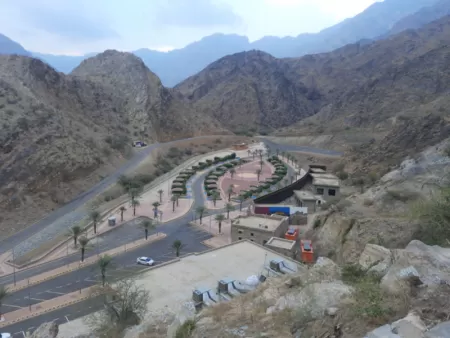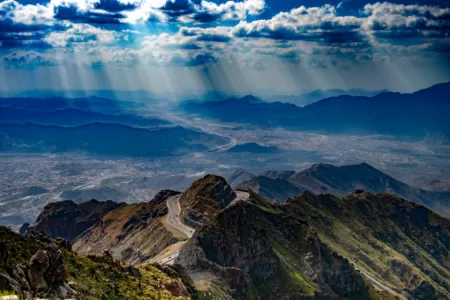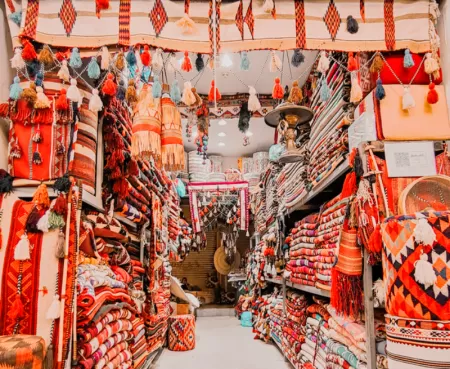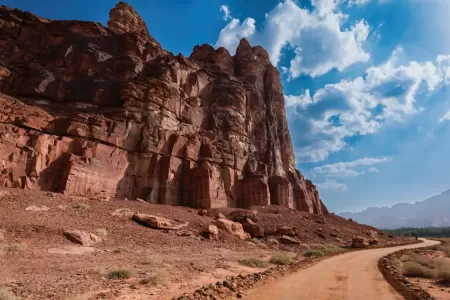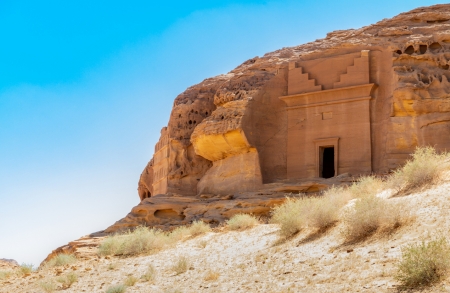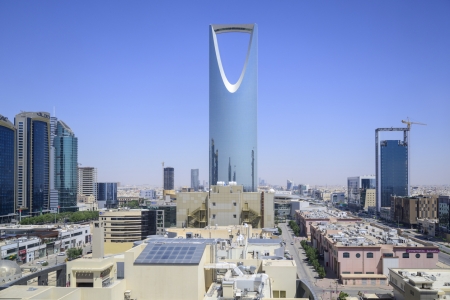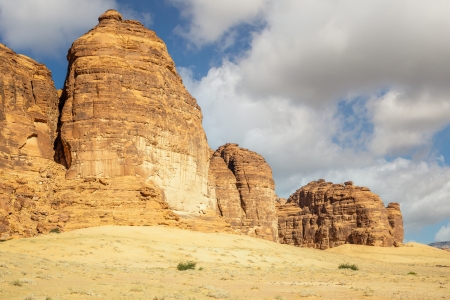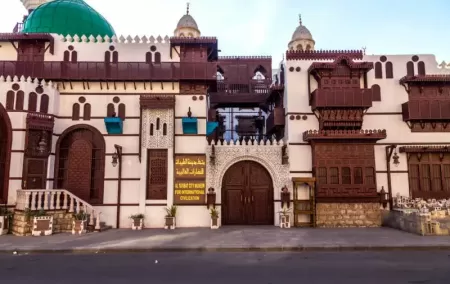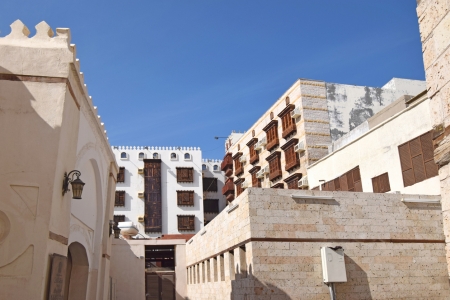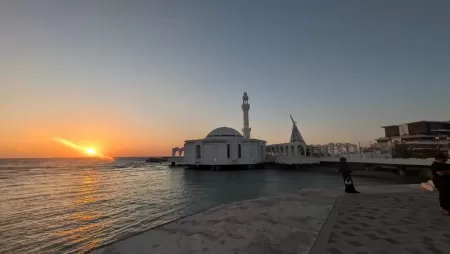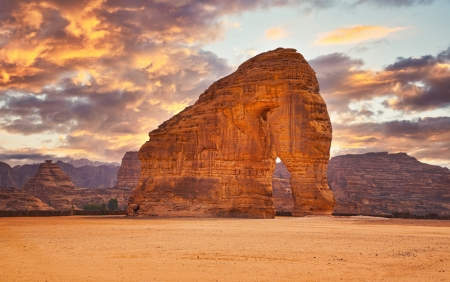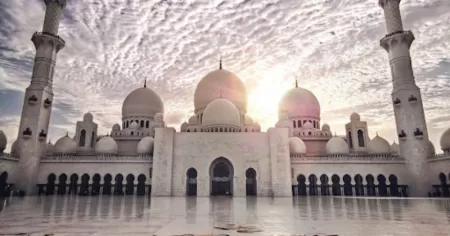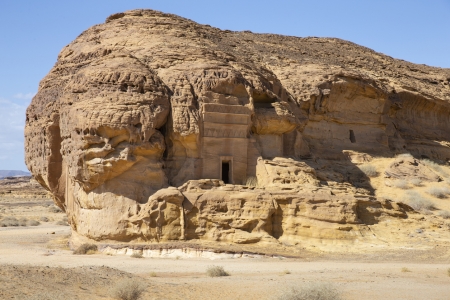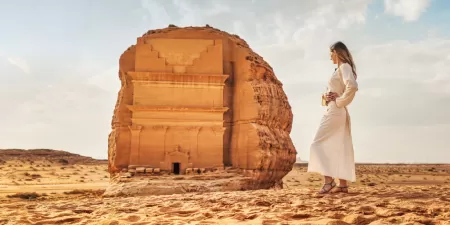The Historical Significance of Masjid Quba: A Journey Through Time
Discover Masjid Quba in Madinah, the first mosque in Islamic history, offering spiritual rewards akin to Umrah. This architecturally rich site is often featured in tours of Saudi Arabia and holds deep significance for Muslims, being mentioned in the Holy Quran.
Plan your visit to experience early Islamic heritage.

Masjid Quba, often considered the first mosque in Islamic history, has a special place in the hearts of millions of Muslims around the world. Its historical and spiritual importance exceeds mere architectural beauty, including the very essence of community, faith, and devotion. With the rise of religious tourism, Saudi Arabia trips have become increasingly popular, offering unique opportunities to discover these remarkable mosques. Whether it's joining guided tours to Saudi Arabia, experiencing the serenity of Quba Mosque, or performing Umrah in the Holy Mosque, these journeys provide an unforgettable spiritual retreat.
This article discovers the rich history, virtues, and ongoing relevance of Masjid Quba, while also giving insights into its connection to the broader context of Islamic heritage.
The Birth of Masjid Quba
The Prophet's Migration
The start of Masjid Quba is intricately attached to the momentous migration (Hijrah) of the Prophet Muhammad (peace be upon him) from Makkah to Madinah in 622 CE. Upon his arrival in the neighborhood of Madinah, the Prophet paused at a location that would later become the site of this venerable mosque. He spent ten days with the Bani Amr ibn Auf clan, building bonds of community and faith before initiating the mosque's construction.
Construction and Early Days
The construction of Masjid Quba was a collective effort, with the Prophet himself laying some of the bricks alongside his companions. The mosque was built using raw bricks and palm leaves, showing the simplicity and humility that characterized the early days of Islam. This foundational act symbolized not only the establishment of a place of worship but also the model of a new community united by faith.
The First Prayer
The first congregational prayer led by the Prophet at Masjid Quba was an important event. first, the Qibla (direction of prayer) was towards Al-Aqsa Mosque in Jerusalem. However, after receiving divine revelation, the Qibla was later changed to face the Kaaba in Makkah. This vital moment not only solidified the mosque's importance but also marked a new chapter in Islamic worship.
Spiritual Virtues of Masjid Quba
The Reward of Prayer
One of the most great aspects of Masjid Quba is the spiritual reward associated with praying there. The Prophet Muhammad (peace be upon him) confirmed this by stating that performing two rak’ahs (units of prayer) at Masjid Quba is rewarded as if one has performed a minor pilgrimage (Umrah). This declaration underscores the mosque's importance as a place of worship and spiritual elevation.
According to Islamic tradition, performing two rak’ahs in Quba Mosque is equivalent to the reward of an Umrah pilgrimage. The Prophet himself frequently visited and prayed here, emphasizing its significance.
Companions' Affection for the Mosque
The affection that the companions of the Prophet had for Masjid Quba is well-documented. Many, including memorable figures like Sa’d ibn Abi Waqqas and Abu Huraira, expressed their priority for praying at Masjid Quba over other revered sites. Their deep connection to the mosque highlights its role as a home of faith and community.
Mention in the Quran
Masjid Quba is mentioned in the Quran in Surah Al-Tawbah, where it is contrasted with a rival mosque established by hypocrites. This divine mention not only boost the status of Masjid Quba but also confirms its foundation on righteousness and purity. The Quranic verses serve as a reminder of the mosque's enduring legacy and its importance in the Islamic faith.
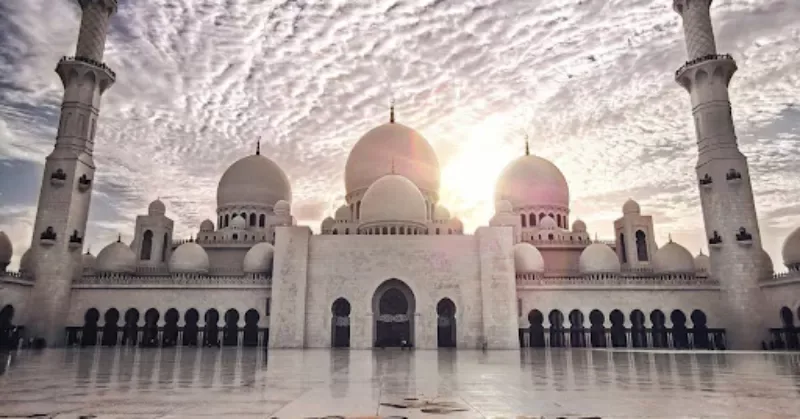
Architectural Development of Masjid Quba
Quba Mosque has seen extensive renovations over the centuries while preserving its original sanctity. Today, it features:
- Majestic white domes reflecting purity and serenity.
- large courtyards harmonizing thousands of worshippers.
- Advanced cooling and lighting systems boost comfort.
- Historical Mihrab: Marking the original prayer direction before the qibla shifted to Mecca.
The mosque’s peaceful environment offers a perfect retreat for those seeking spiritual rejuvenation during Saudi Arabia tours.
Early Renovations
Over the centuries, Masjid Quba has undergone many renovations and expansions. The third Caliph of Islam, Uthman ibn Affan, began early renovations, which were further enhanced by Umar ibn Abdul Aziz during the Umayyad period. These efforts included the addition of minarets and decorative elements, transforming the mosque into a more substantial place of worship.
Ottoman Contributions
During the Ottoman Empire, Masjid Quba saw significant restoration efforts. The Ottomans recognized the mosque's historical importance and invested in its upkeep, making sure that it remained a vibrant center of Islamic life. These renovations not only preserved the mosque's architectural integrity but also enhanced its beauty.
Modern Expansion
In modern times, particularly under the reign of King Fahd of Saudi Arabia, Masjid Quba underwent a major expansion to accommodate the growing number of worshippers. The mosque's area was increased obviously, and new facilities were added while accurately preserving its historical features. This expansion reflects the ongoing commitment to maintaining the mosque's legacy for future generations.
The Role of Masjid Quba in Contemporary Islamic Life
A Center for Community and Worship
Today, Masjid Quba is a vital center for worship and community activities. It attracts thousands of visitors and worshippers, especially during the Hajj and Umrah seasons. The mosque's role expands beyond prayer; it is a gathering place for educational programs, cultural events, and community outreach initiatives.
Pilgrimage and Tourism
For many Muslims, visiting Masjid Quba is an important part of their pilgrimage to Madinah. The mosque's historical significance and spiritual rewards make it a must-visit destination for those on Saudi Arabia tours. The flow of visitors contributes to the local economy and fosters a sense of global Islamic unity.
Educational Initiatives
Masjid Quba is not just a place of worship but also a hub for Islamic education. Various programs are organized to teach the Quran, Hadith, and Islamic values to both children and adults. These educational activities help foster a deeper understanding of the faith and strengthen the community's bonds.
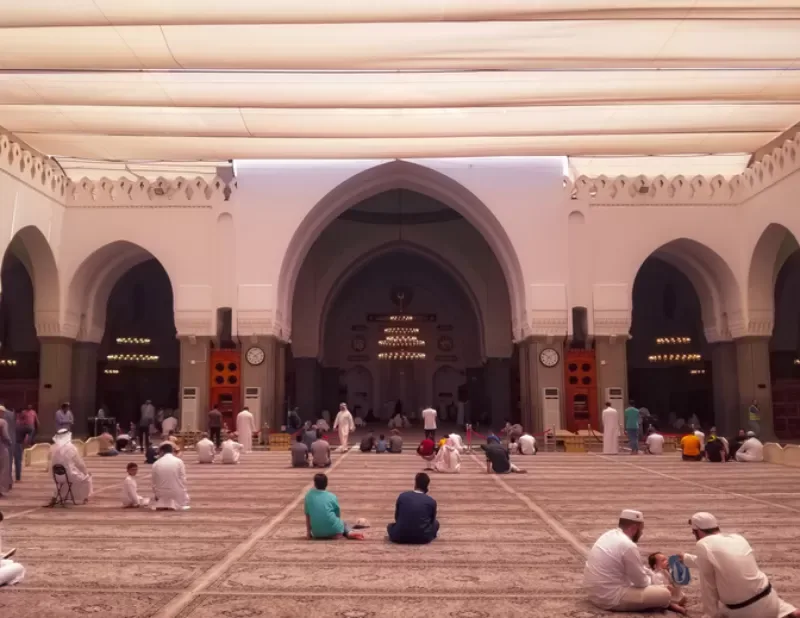
The Cultural Significance of Masjid Quba
Symbol of Islamic Identity
Masjid Quba stands as a symbol of Islamic identity and heritage. Its historical roots and spiritual significance resonate with Muslims all over the world, serving as a reminder of the early struggles and triumphs of the Islamic community. The mosque embodies the principles of unity, faith, and perseverance.
Artistic and Architectural Heritage
The architecture of Masjid Quba reflects the artistic traditions of Islamic design. The mosque's simple and elegant structure, decorated with intricate details, shows the craftsmanship of its builders. This architectural heritage is an essential aspect of Islamic culture, inspiring future generations of artisans and architects.
Community Engagement
Masjid Quba actively engages with the local community through various outreach programs. Initiatives aimed at promoting social welfare, education, and interfaith dialogue are organized accurately. These efforts participate in building bridges between different communities and fostering mutual understanding.
Challenges and Preservation Efforts
Environmental and Structural Challenges
As with many historical sites, Masjid Quba faces environmental and structural challenges. The impact of civilization, climate change, and increased visitor traffic poses risks to the mosque's integrity. Preservation efforts are vital to maintaining its historical and architectural importance.
Ongoing Restoration Projects
To address these challenges, ongoing renovation projects are implemented to ensure the mosque's longevity. Experts in conservation and restoration work hard to preserve the mosque's original features while adapting to modern needs. These efforts reflect a commitment to protect the mosque's legacy for future generations.
Community Involvement
Community involvement plays an important role in the preservation of Masjid Quba. Local organizations and volunteers actively contribute to maintenance efforts, ensuring that the mosque remains a vibrant center of worship and community life. This collective effort fosters a sense of ownership and pride among the community members.
Customize Your Dream Vacation!
Get in touch with our local experts for an unforgettable journey.
Plan Your TripMasjid Quba: A Beacon of Hope
Spiritual Sanctuary
For many, Masjid Quba represents a spiritual sanctuary where individuals can connect with their faith and seek relief. The mosque's peaceful atmosphere provides a space for reflection and prayer, allowing worshippers to deepen their spiritual connection.
Inspiration for Future Generations
Masjid Quba serves as an inspiration for future generations of Muslims. Its rich history, spiritual importance, and architectural beauty encourage individuals to explore their faith and heritage. The mosque's legacy is an example of the enduring strength of the Islamic community.
A Global Symbol of Unity
In an increasingly divided world, Masjid Quba is a global symbol of unity among Muslims. Its historical importance and ongoing relevance remind individuals of the shared values and beliefs that bind the Islamic community together. The mosque serves as a beacon of hope, promoting peace and understanding among diverse cultures.
Conclusion
Masjid Quba is more than just a mosque; it is a living example of the rich history and enduring legacy of Islam. Its significance extends beyond its architectural beauty, embodying the principles of faith, community, and resilience. As we explore the depths of its history and virtues, we are reminded of the importance of preserving such sacred spaces for future generations. Whether through spiritual reflection, community engagement, or educational initiatives, Masjid Quba continues to inspire and uplift individuals, serving as a respectful landmark in the heart of Madinah and the broader Islamic world.
In your journey through Saudi Arabia, a visit to Masjid Quba is not just a pilgrimage; it is an opportunity to connect with the roots of your faith and experience the beauty of Islamic heritage. involves the chance to explore this remarkable mosque and witness the profound impact it has on the lives of countless individuals.
FAQs
1. What is the best time for Umrah in Masjid al-Haram?
The best time is during off-peak months, such as after Hajj and before Ramadan, for a less crowded experience.
2. How do I visit Quba Mosque from Masjid al-Nabawi?
You can take a taxi, bus, or organized Saudi tour from Masjid al-Nabawi to Quba Mosque, which is about 6 km away.
3. Are non-Muslims allowed inside the Masjid al-Haram and Quba Mosque?
No, both mosques are exclusive to Muslims due to their sacred status.
4. What rewards are associated with praying at Quba Mosque?
The Prophet (PBUH) stated that praying two rak’ahs in Quba Mosque grants the reward of an Umrah.
5. How can I book a Hajj or Umrah package for Saudi Arabia tours?
You can book through authorized tour operators offering specialized Saudi Arabia trips for Hajj and Umrah.






